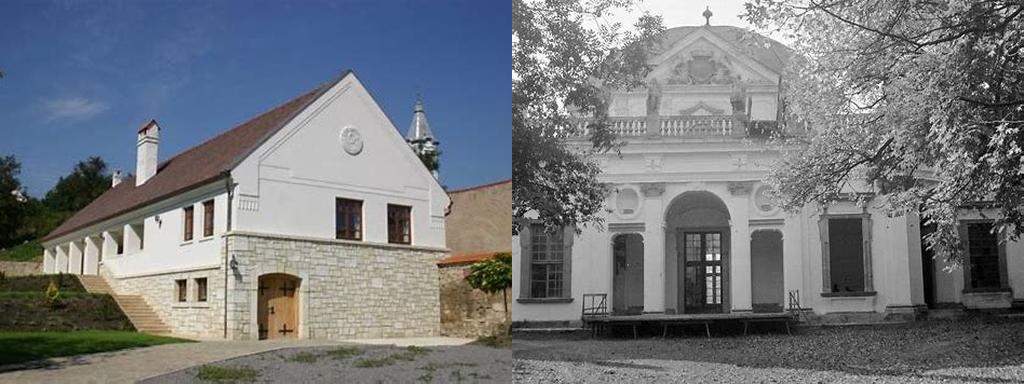
Széchenyi-kúria, or the Széchenyi Mansion, stands quietly in the heart of Bodrogkeresztúr, a village that sits almost sleepily in the embrace of the Tokaj-Hegyalja wine region. At first glance, the mansion could pass for one of the countless stately homes scattered across rural Hungary; whitewashed walls, a low-slung, neoclassical portico, and a peaceful, slightly overgrown park. But what sets this place apart is its air of aristocratic melancholy, the subtle sense that whispers of history still linger in the corridors.
The mansion is forever tied to the legendary Széchenyi family. Their name will ring a bell for any student of Hungarian history—the Széchenyis have produced some of the most influential statesmen and visionaries in the land. Most famously, István Széchenyi is remembered as the “Greatest Hungarian,” a champion of reform and progress during the 19th century. The Bodrogkeresztúr mansion, however, carries a quieter, more personal narrative. Built in the early 1800s, it was intended not as a show of riches but as a tranquil retreat from the world, reflective of the Széchenyis’ passion for the peaceful countryside and their connection to the local people and land.
If you visit, don’t expect a gilded palace. Instead, Széchenyi-kúria invites slow wandering. The mansion itself is a single-story, U-shaped building with dignified, restrained lines—its neoclassical facade gives way to wide corridors, high-ceilinged rooms, and the sort of elegantly worn parquet floors whose gentle creaks seem to echo secrets from centuries past. There are period furnishings here and there, and the walls display a pleasing jumble of faded family portraits, landscape paintings, and pressed flower arrangements once handpicked in the gardens. You gain the distinct impression that this is not just a museum piece, but that lives—real, vivid lives—were led within these walls.
Step outside, and the grounds stretch around you, enclosed by mature trees that soften the mood even on the sunniest day. The garden, though not manicured to perfection, feels alive: old rose bushes, a scatter of wildflowers, and a small, shaded pond that likely served generations of children and gardeners. If you have the patience for such quiet contemplation, it’s worth finding a bench beneath the branches and listening for the gentle bustle of village life in the distance.
But history does not exist in a vacuum, and Széchenyi-kúria’s story would be incomplete without acknowledging the turbulent times it has witnessed. Like many aristocratic estates in Hungary, the mansion experienced upheaval during the 20th century. After World War II and the nationalization of private estates, the mansion’s rooms were repurposed—sometimes as public offices, sometimes as a school or community center. Though wear and tear inevitably followed, these changes were also part of its life, binding it to the fate of Bodrogkeresztúr and its people.
In recent years, there’s been a growing appreciation for sites like Széchenyi-kúria, not simply as architectural heritage, but as living witnesses to the intertwining of national and local histories. The mansion has been restored gently, avoiding the trap of turning it into a sterile monument. Instead, there are open days, small exhibitions about the Széchenyi legacy, and occasional cultural events that fill the rooms with laughter and music again.
Visiting Széchenyi-kúria also means discovering the charm of Bodrogkeresztúr itself. The village is famous for its winemaking traditions of the renowned Tokaj region, so it’s not uncommon to combine a stroll through the mansion with a glass of local furmint or a walk through its cobblestoned center. What better way to anchor yourself in the rhythms of the place, where time feels deliciously slowed?
Perhaps the true magic of Széchenyi-kúria lies in its sense of continuity. Every crack in a windowpane, every sunbeam slanting through a leafy bough, speaks to a layered past—not one of grandeur and drama, but of quiet persistence. It’s the kind of place that rewards the visitor who delights in stories, who appreciates not just the sparkle of history’s highlights, but also the shade. In Bodrogkeresztúr’s Széchenyi Mansion, you’re invited not just to look, but also to listen and be—at least for an afternoon—part of the gentle persistence of Hungarian country life.





